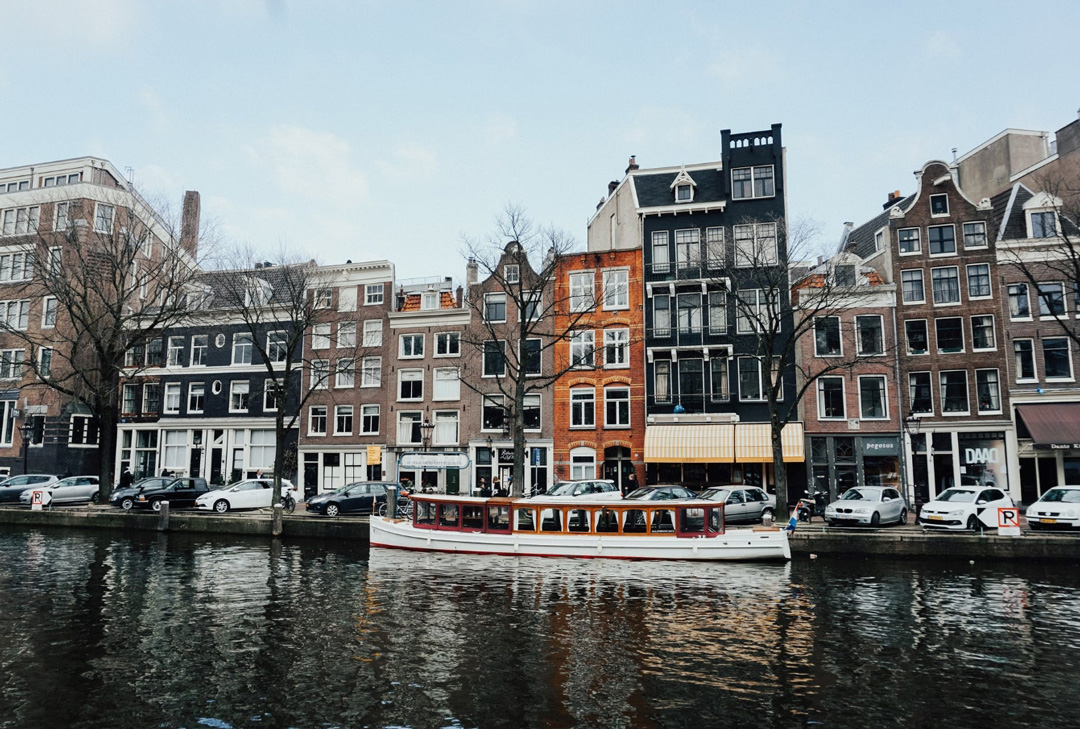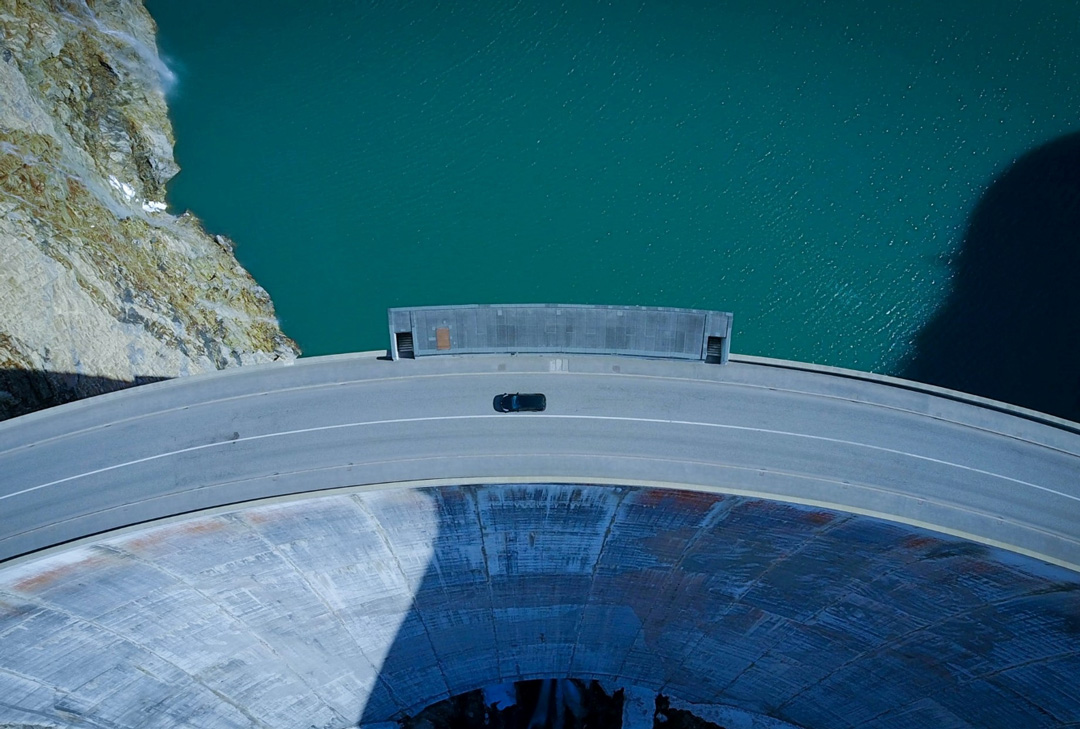 Why should you invest in the Italian logistics sector?
Why should you invest in the Italian logistics sector?
In the last 20 years, the opening of new markets, telecommunications technologies and transport development have significantly reduced geographical distances and increased trade exchanges. In addition, supply chains are more complex because of the localization of new worldwide production centres in the emerging countries. Consequently, logistics has evolved to a strategic operation on which companies can leverage to be competitive.
Geographical position
The natural location of Italy represents a great advantage as it allows connections towards Asia and the Middle East, Africa and Europe. In fact, Italy is located at the very heart of these key markets. For this reason, Italian infrastructures have been equipped to receive and work on every kind of product and to answer to different needs according to the destination market. Western and Northern European markets, for example, are connected mainly through a capillary network of highways and railways to the main commercial centres and freight villages of Northern Italy, such as Verona, Milan, Venice, Turin and Genoa.
Attractive market
Logistics is one of the most profitable Italian businesses and it has very high growth prospects.
Third-party logistics in Italy continue to grow. An attractive market that has been exponentially growing every year since 2015. The growing need for Omni channel and customization of the logistics process, the spread of 4.0 apps and solutions that automate activities and the focus on sustainability are changing the role and configuration of storage.
Excellent infrastructures
Italian logistics are based on a set of infrastructures and logistics hubs that have allowed Italy to constantly develop its socio-economic framework: more than 6.500 km of present highways, with a huge plan of expansion already approved, around 21.500 km of national roads, 24.216 km of rail network (1.370 km High Speed), 3 HUB ports (Cagliari, Gioia Tauro and Taranto) and 21 first level commercial ports, 2 intercontinental HUB airports (Rome and Milan) and 25 freight villages.





